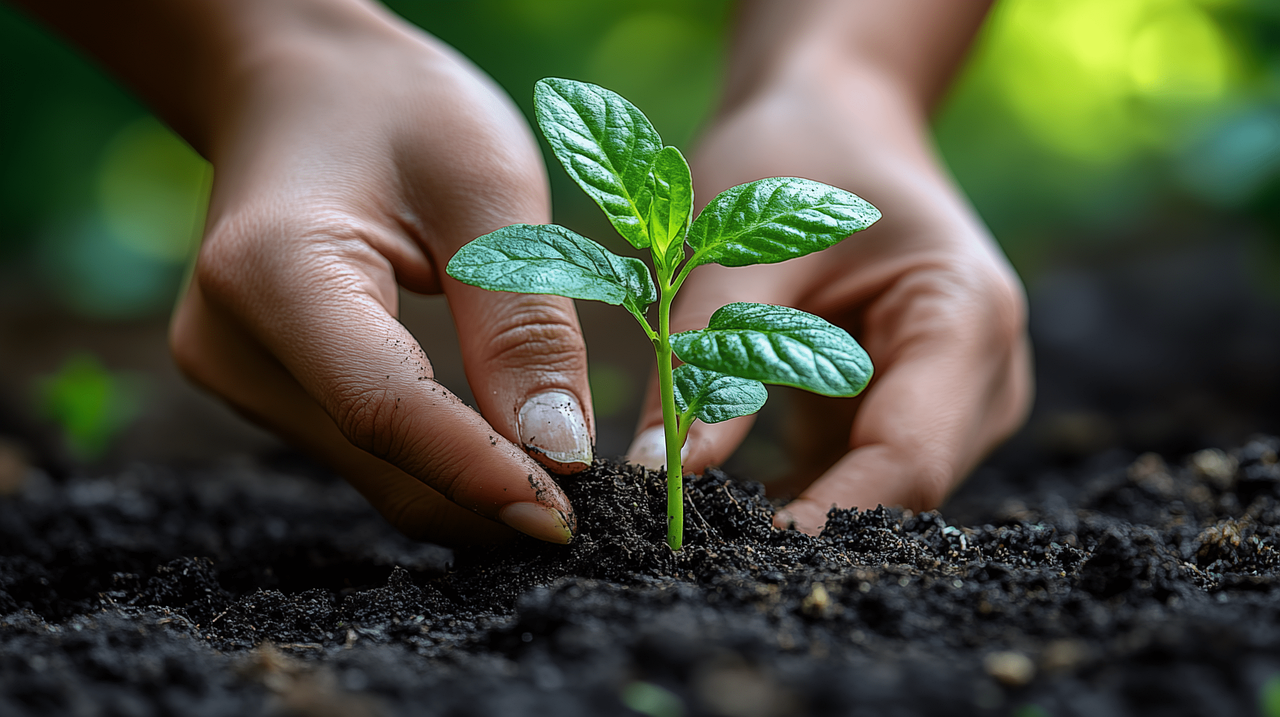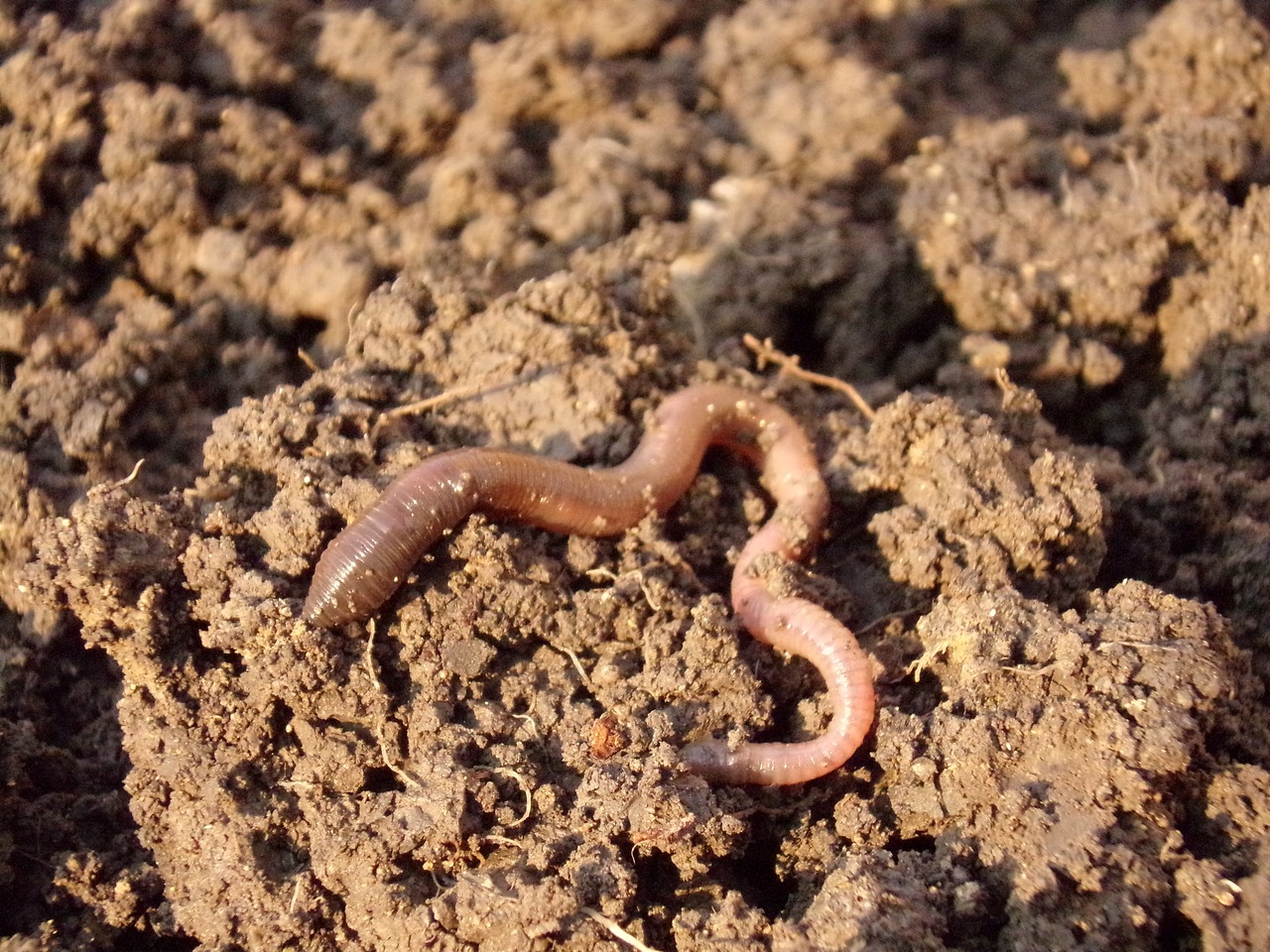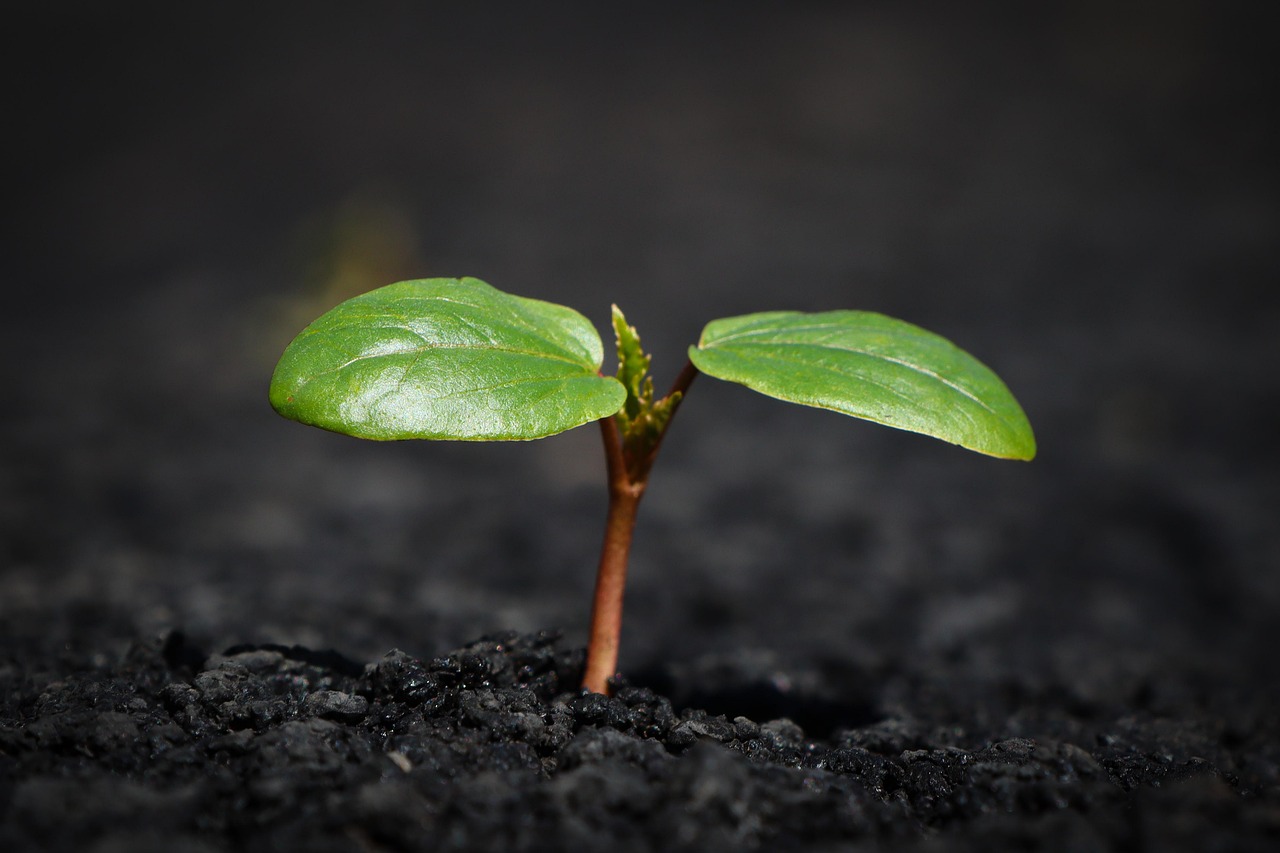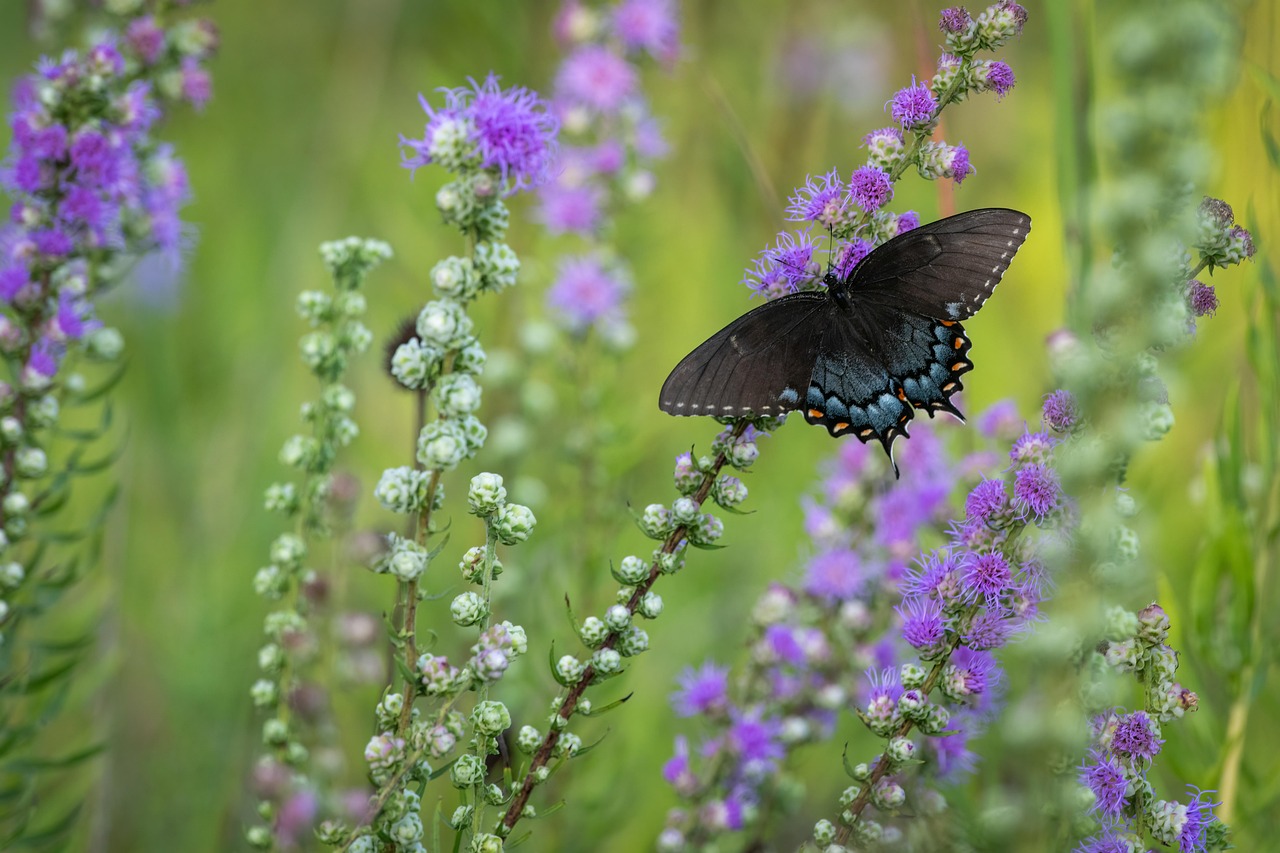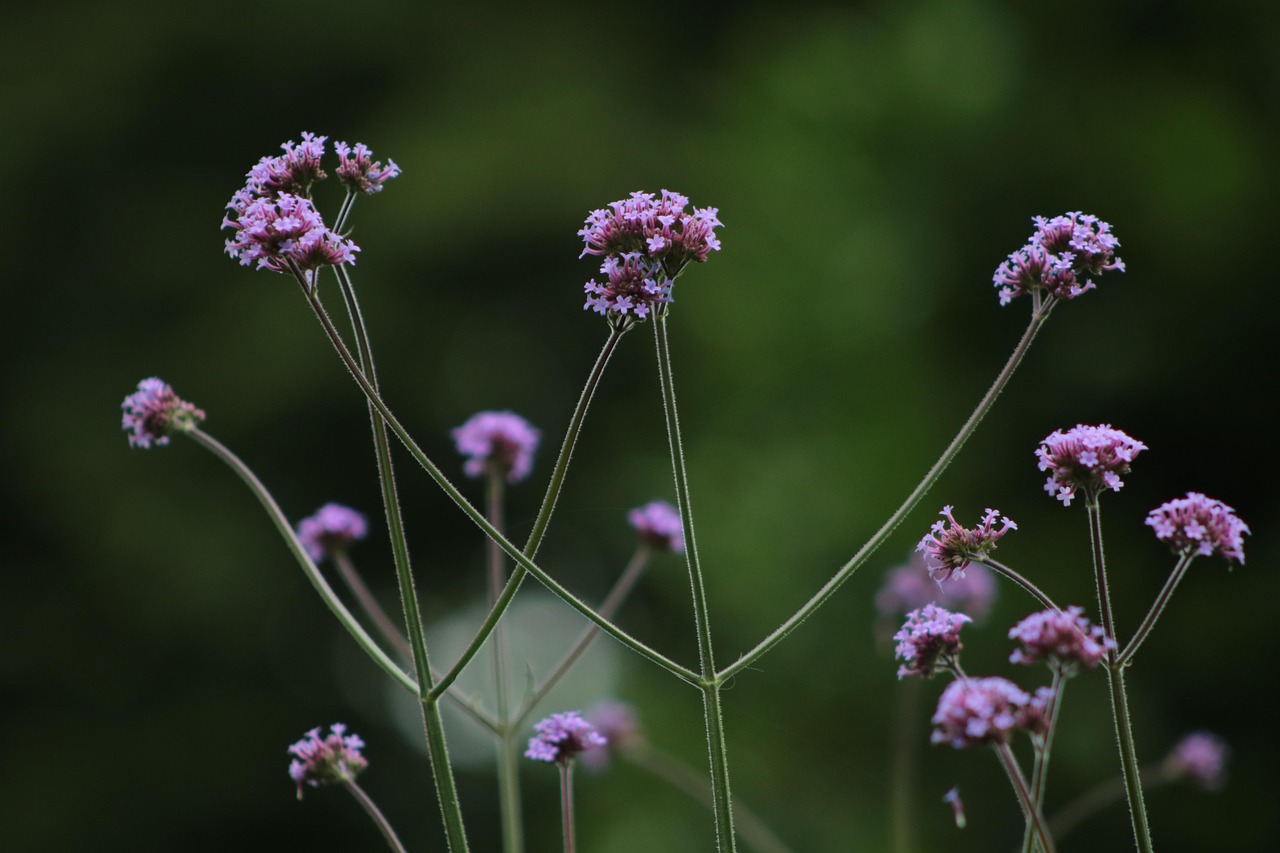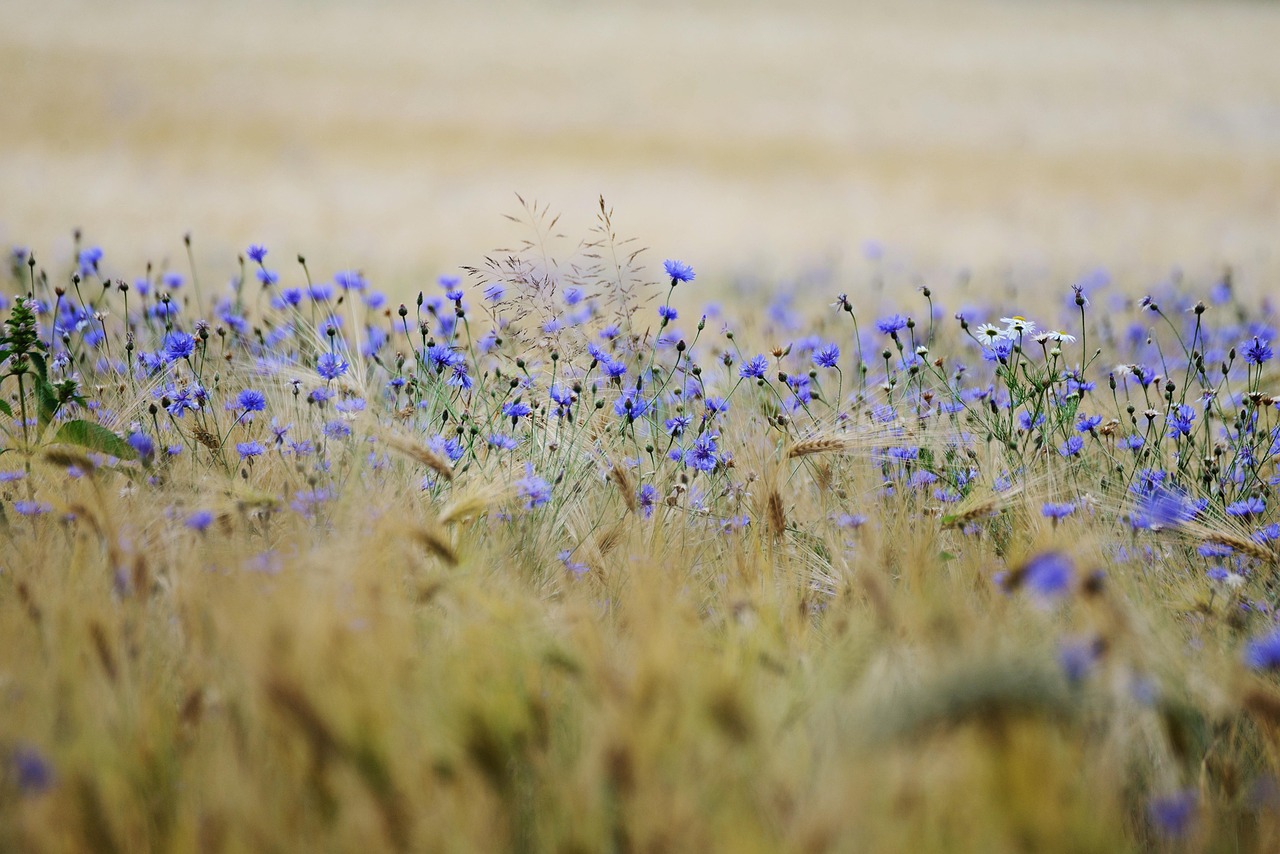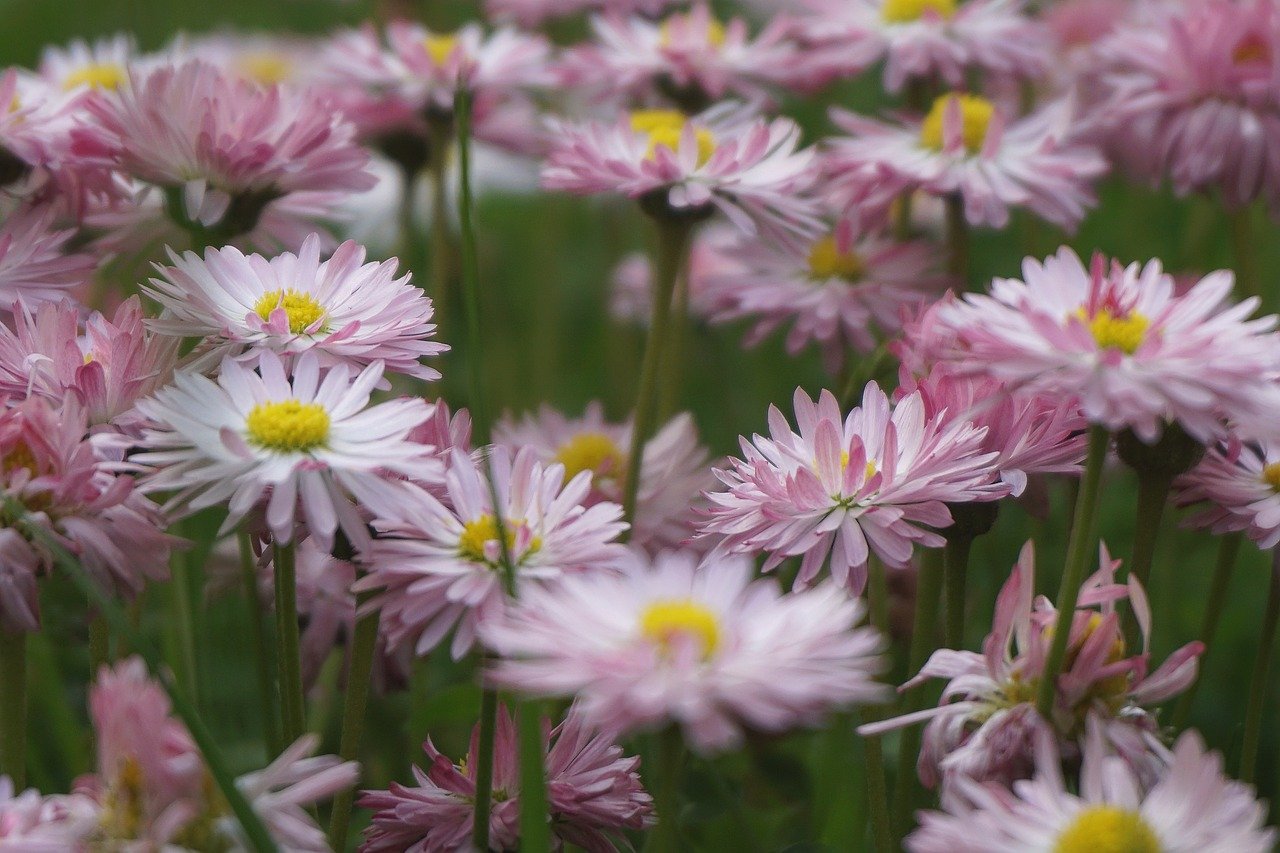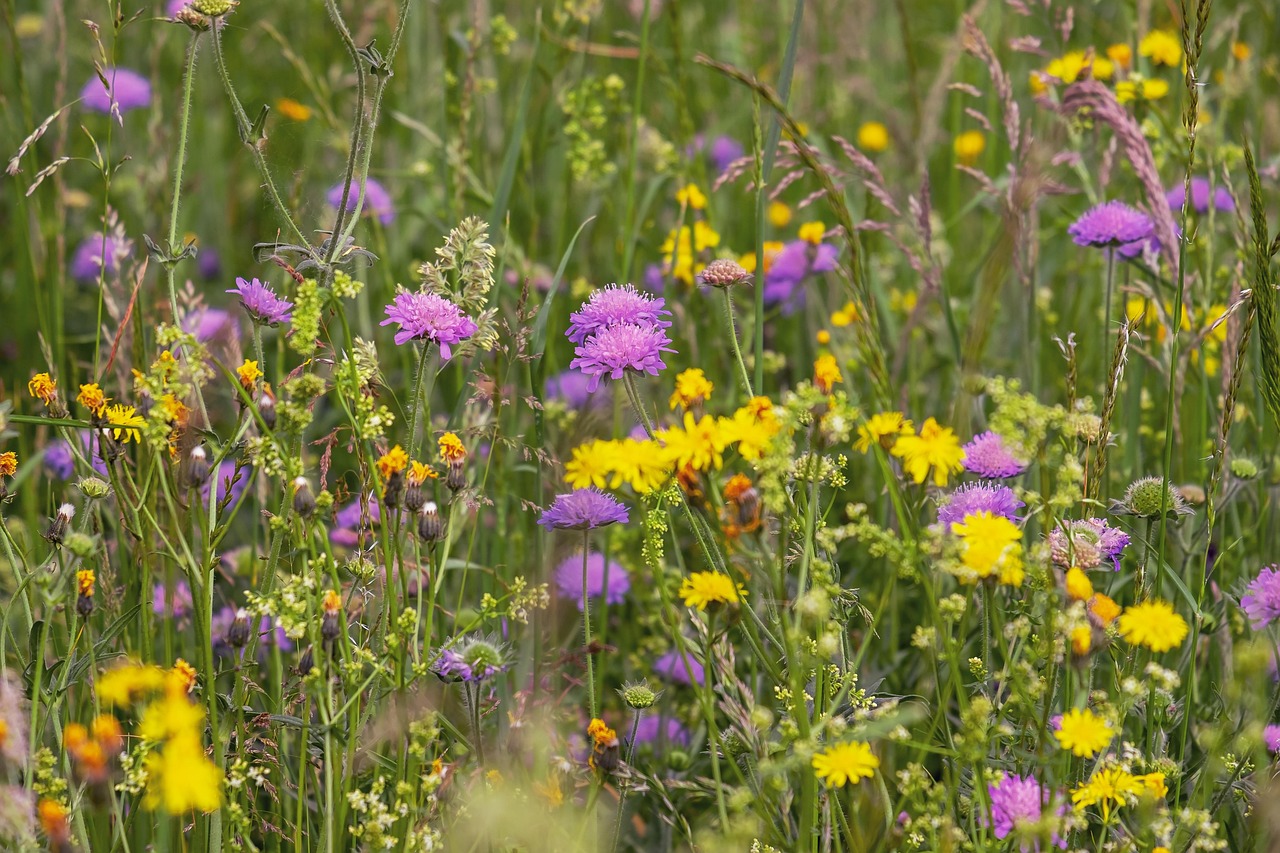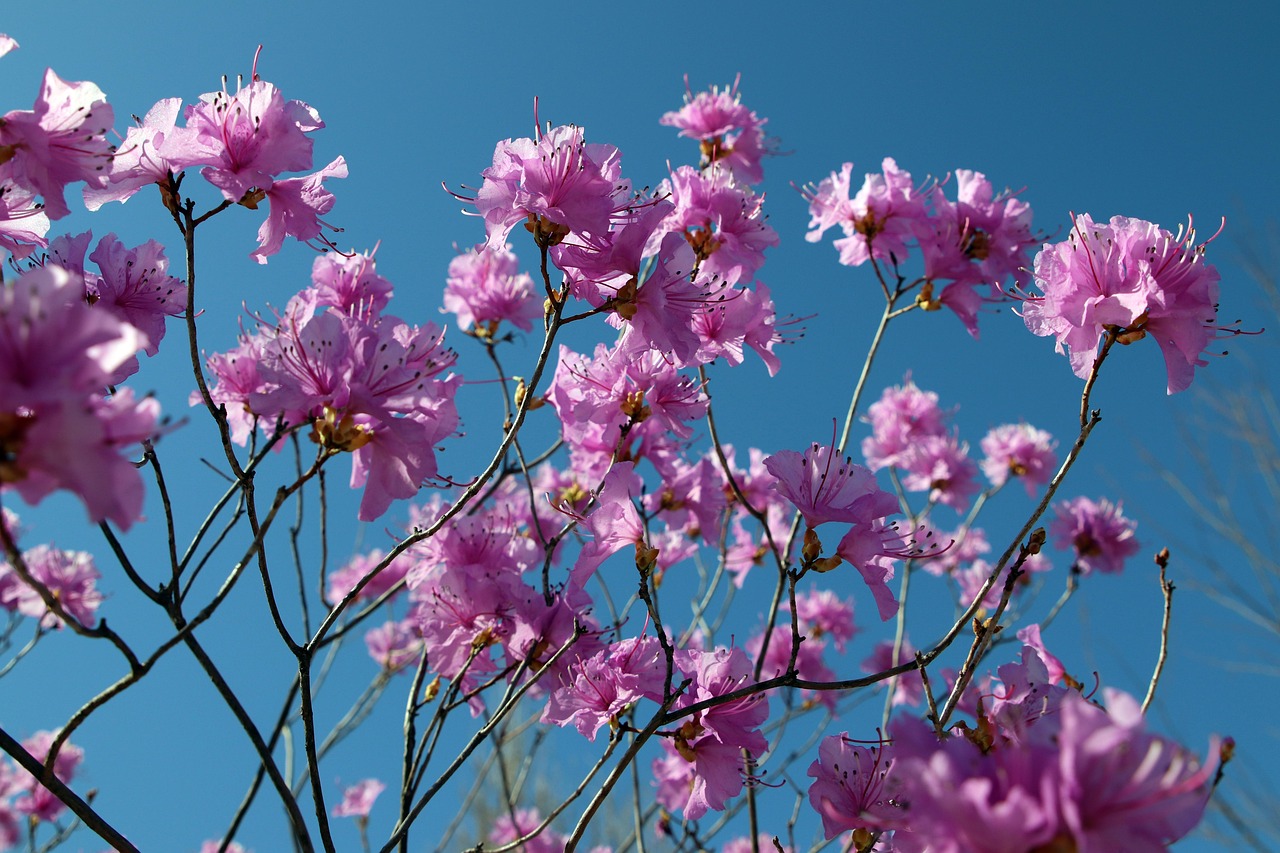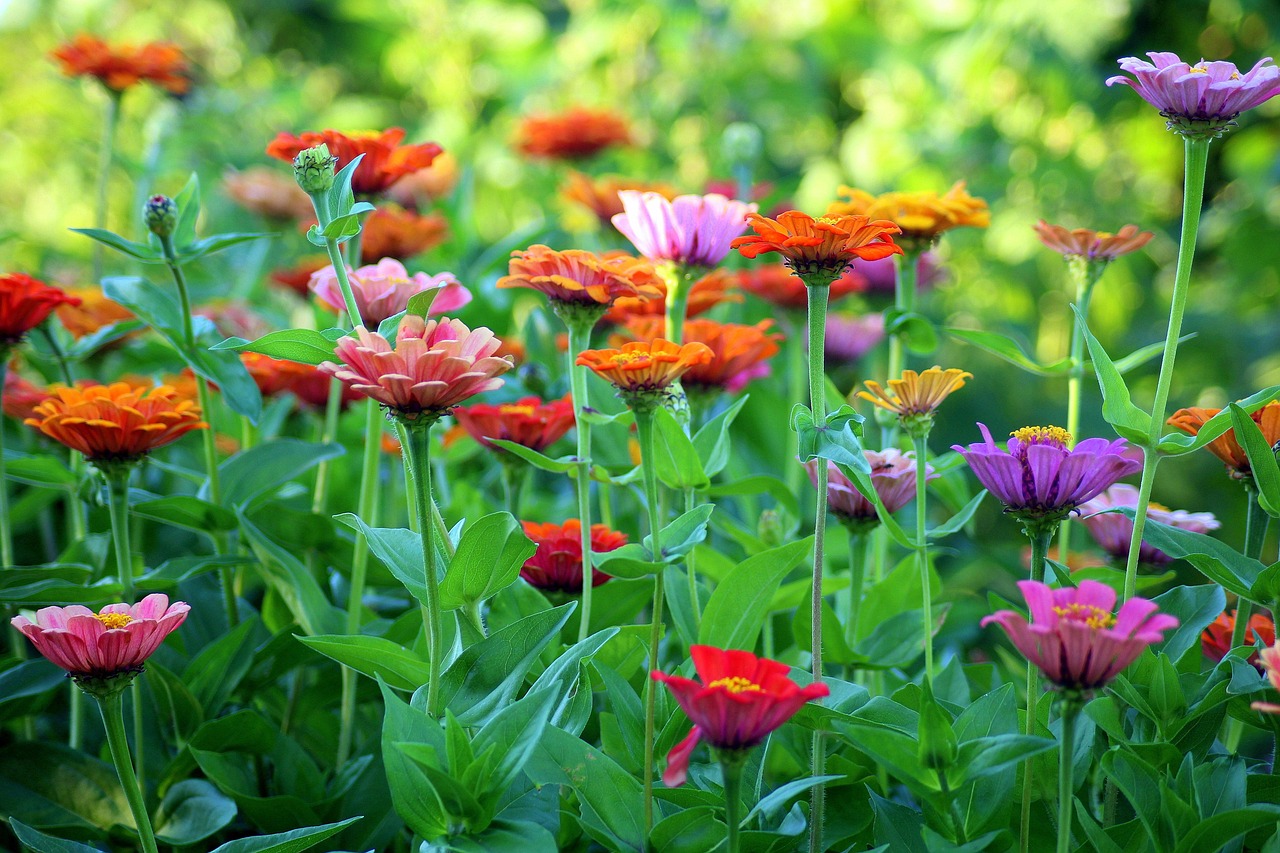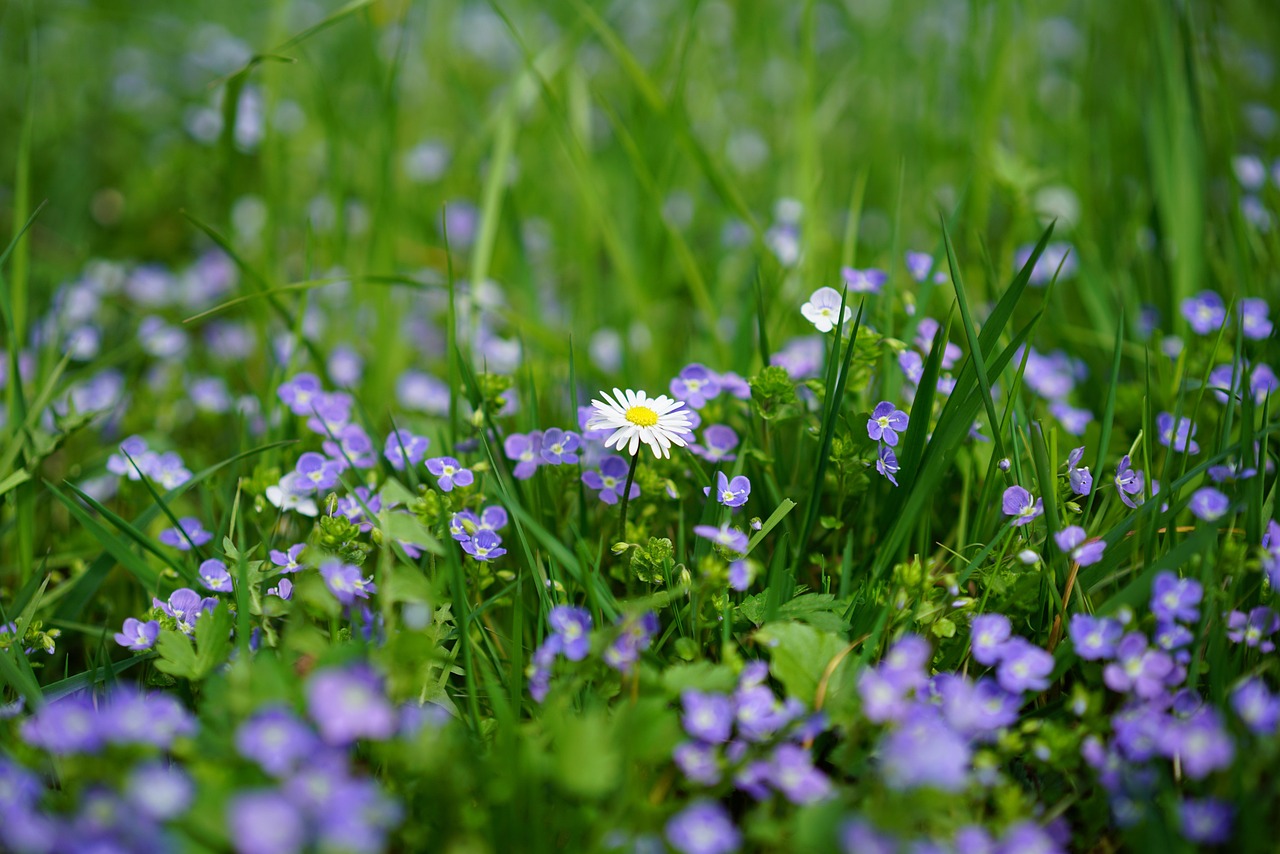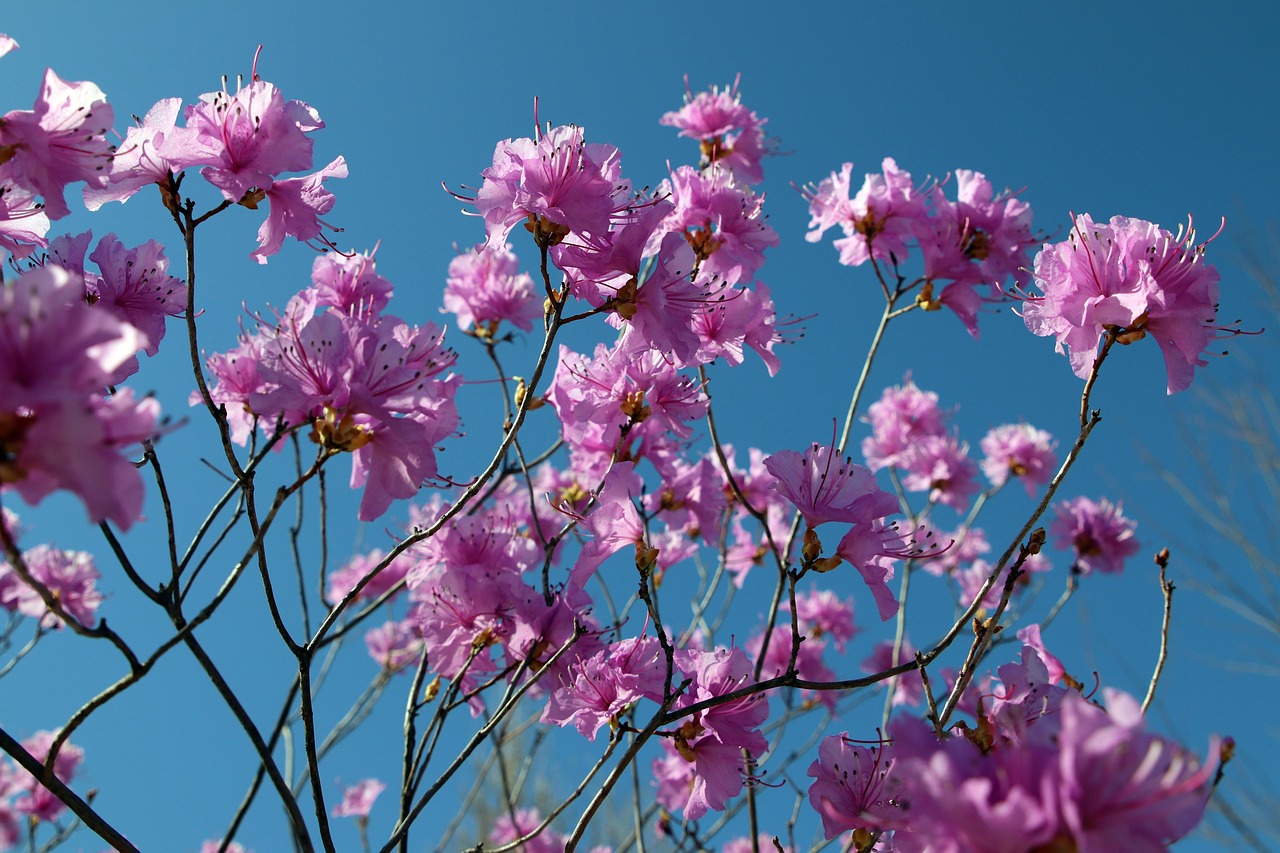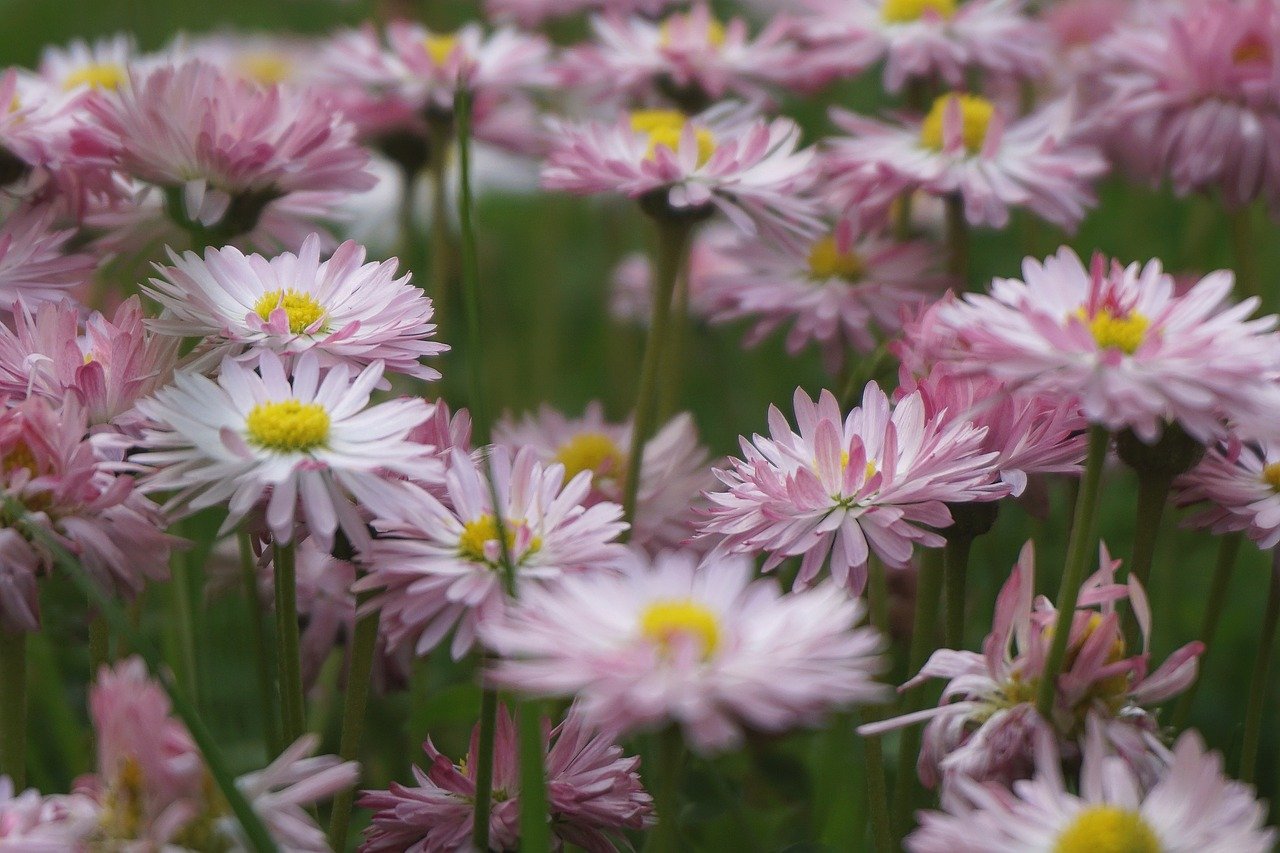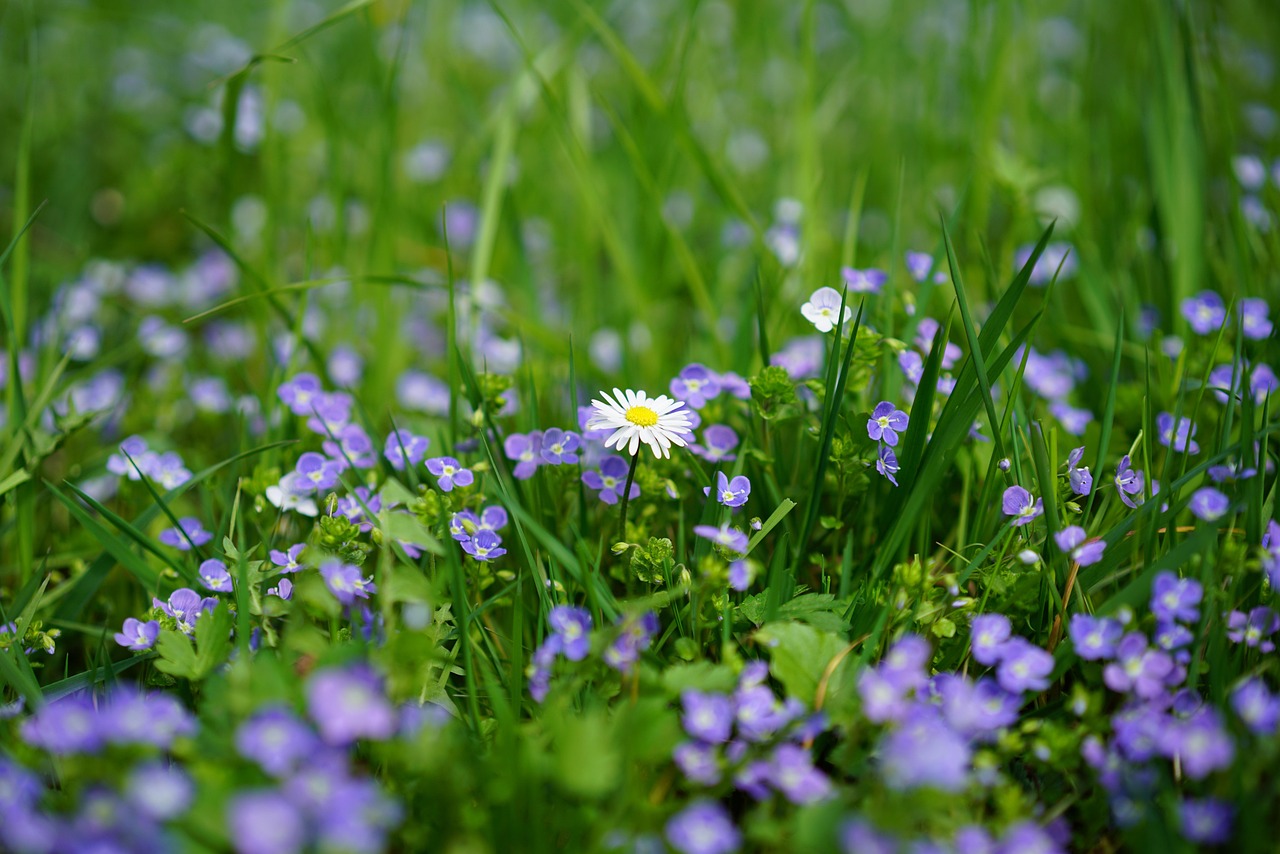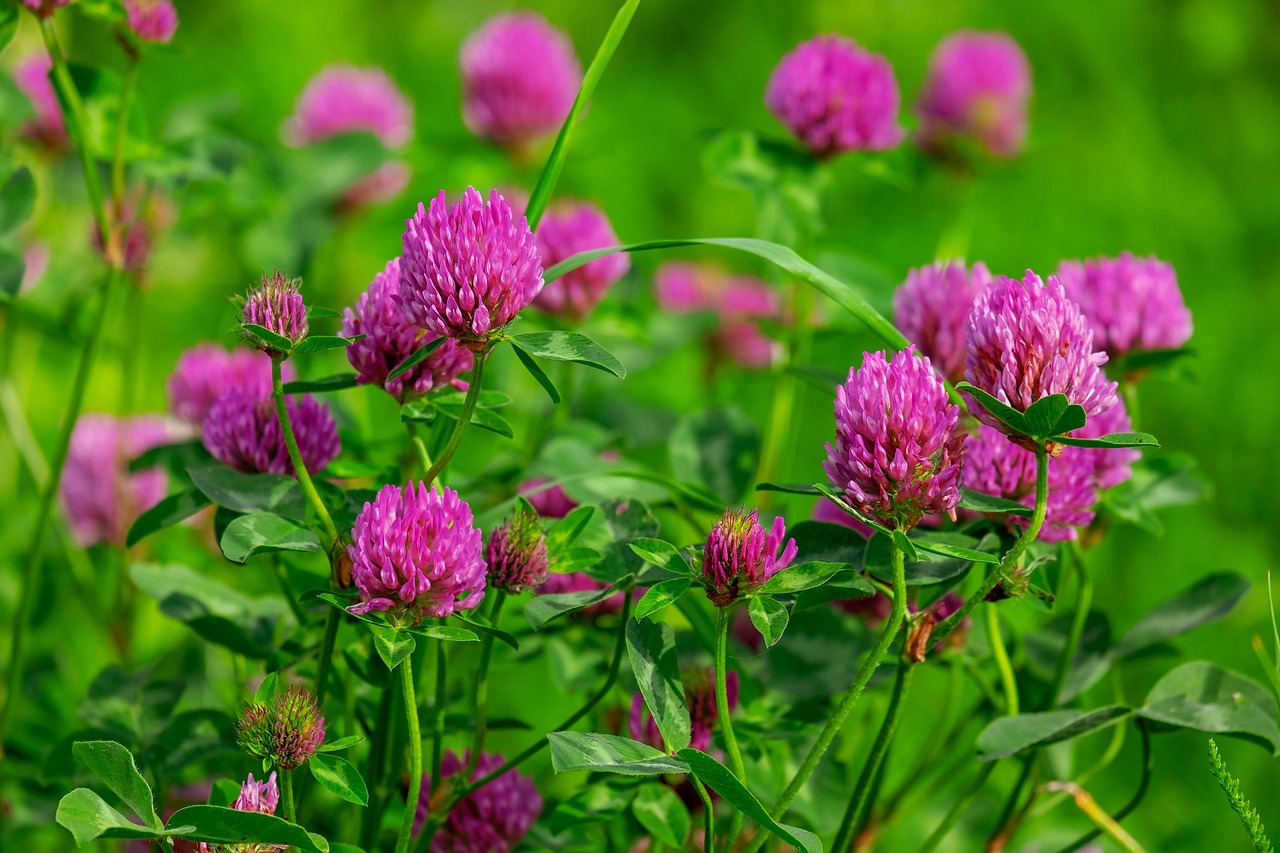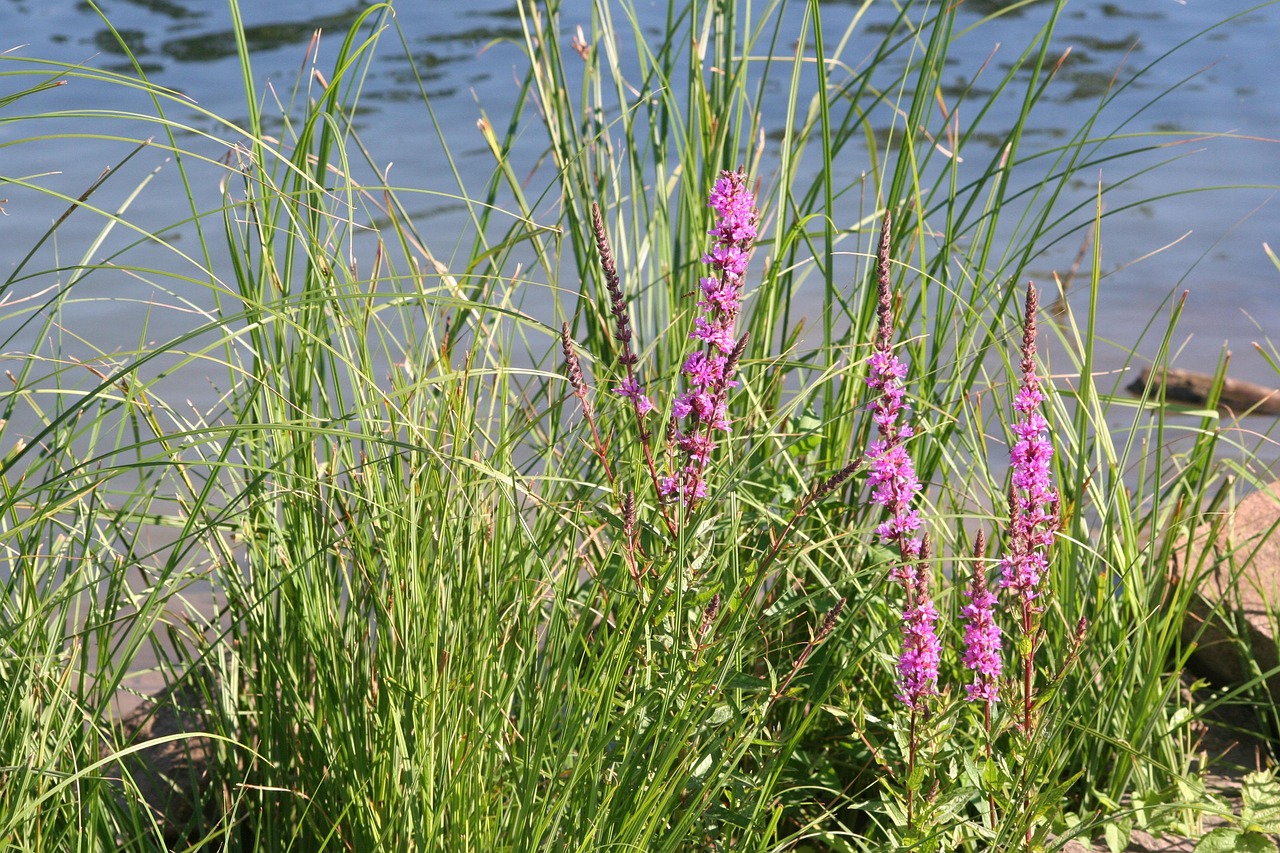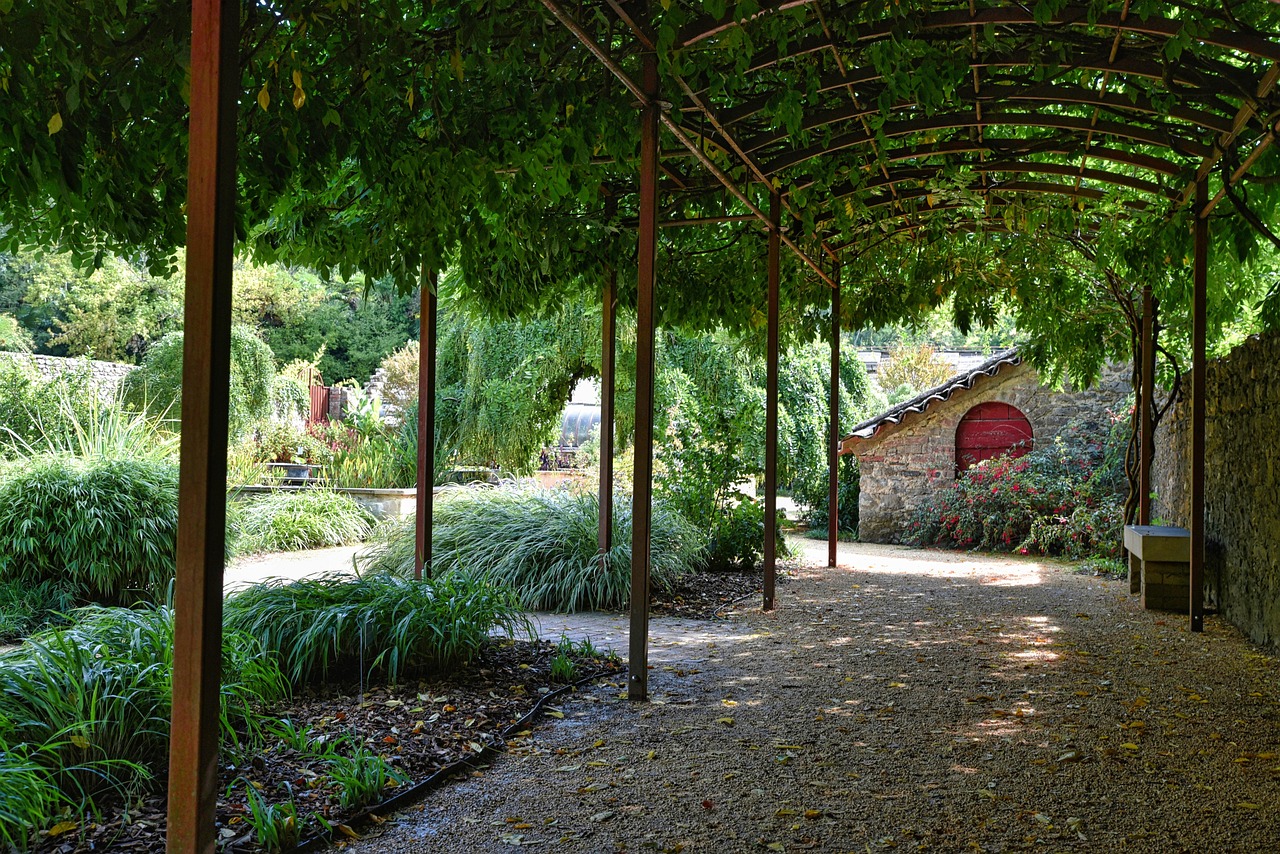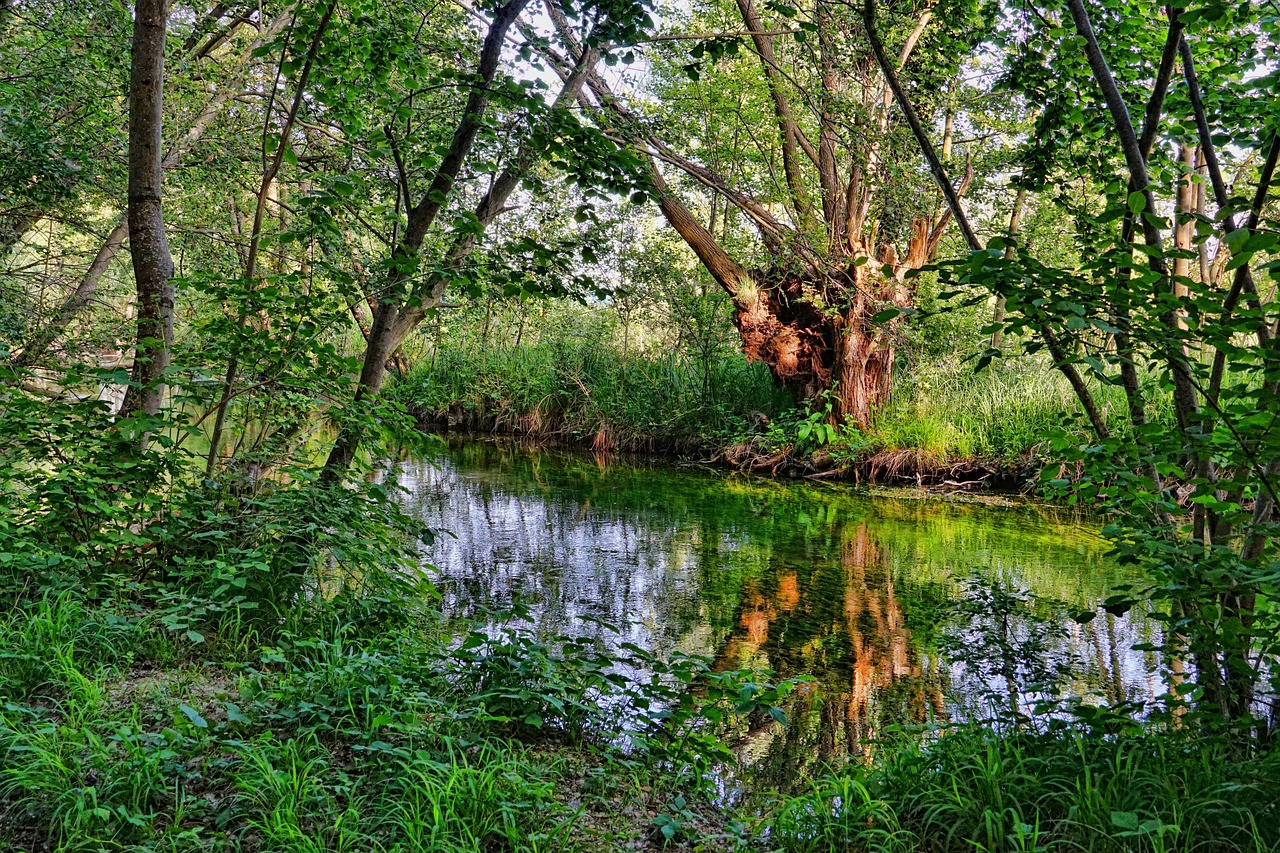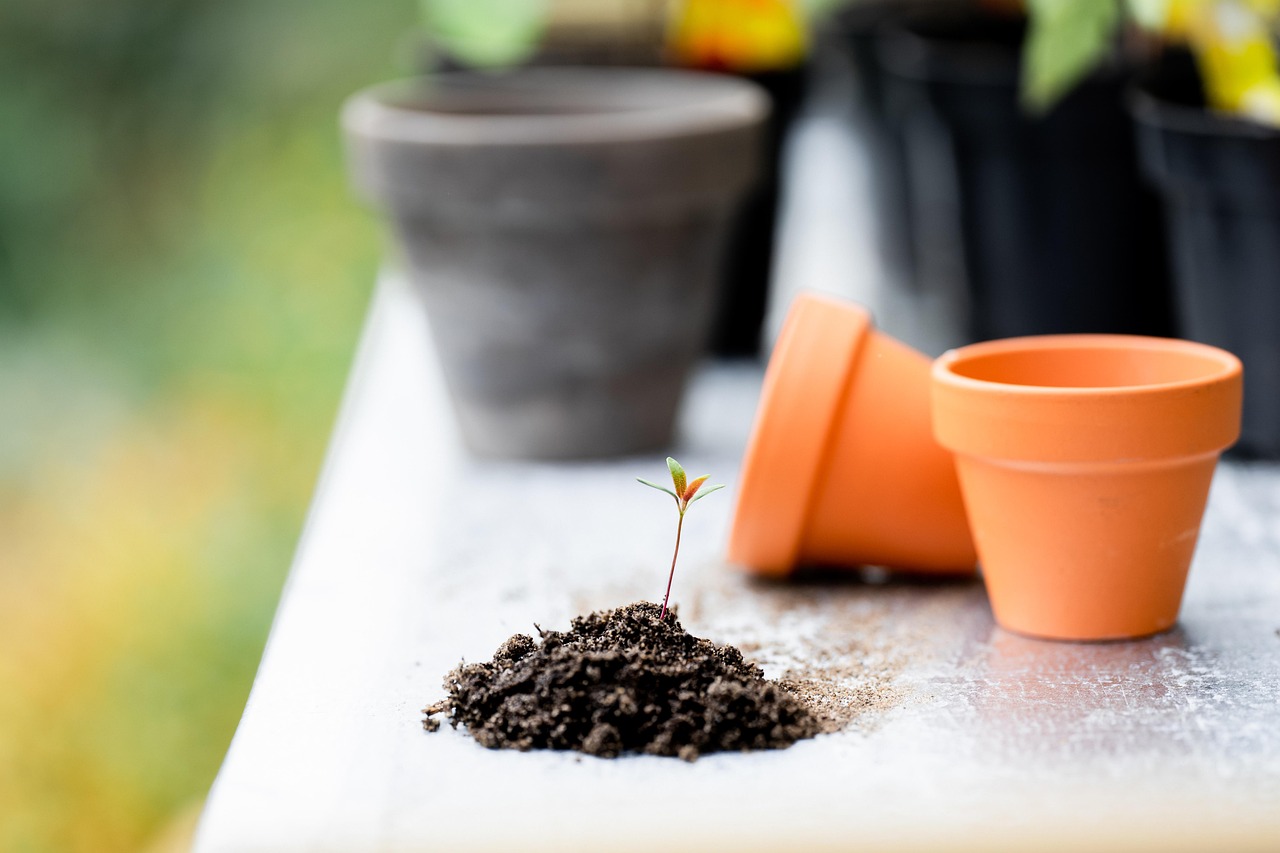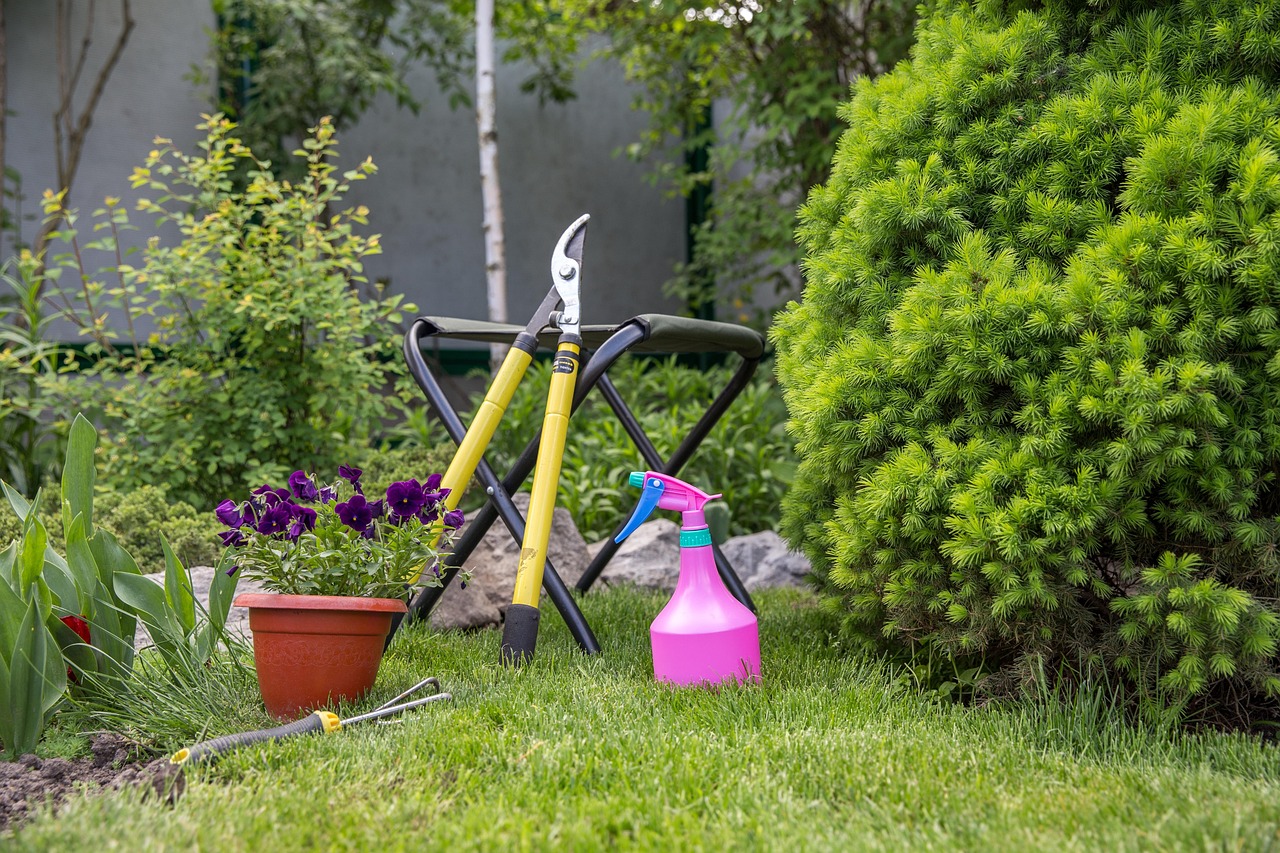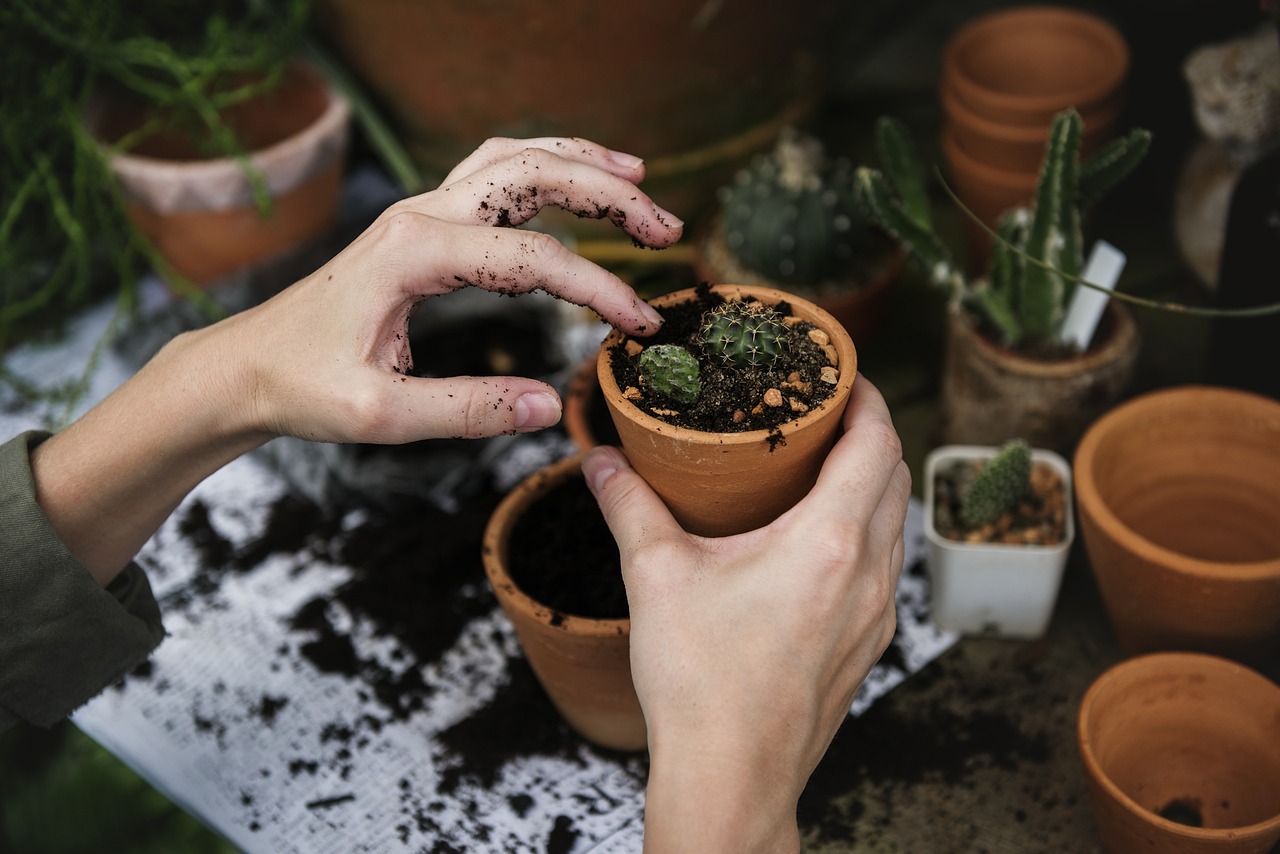Shade Gardening
Creating a beautiful, lush, and sustainable garden doesn’t require full sun. In fact, shade gardening offers unique opportunities to cultivate rich foliage, delicate blooms, and even edible crops in spaces that receive limited sunlight. Whether you’re gardening beneath trees, along fences, or beside tall buildings, understanding how to work with shade is key to designing a vibrant, thriving landscape.
This comprehensive guide is tailored to USA-based organic gardeners looking to maximize the potential of shady spaces. You’ll learn how to assess light levels, choose the best shade-loving plants, enrich your soil naturally, manage pests organically, and create a stunning garden that flourishes with less sunlight.
Understanding the Science of Shade in Your Garden
Not all shade is the same. Light exposure varies by season, time of day, and location. Understanding the type of shade you have is the first step toward successful planting.
Types of Shade Gardening:
- Partial Shade: Receives 3–6 hours of sun, usually in the morning. These areas work well for many vegetables and flowering plants.
- Dappled or Filtered Shade: Sunlight filters through tree canopies or lattice. These are ideal for woodland plants and semi-sun perennials.
- Full Shade: Less than 3 hours of direct sun per day. Often found under dense trees or on the north side of buildings.
- Deep Shade: No direct sunlight. This is the most challenging environment, often requiring shade-adapted ground covers and foliage-focused design.
Why Shade Gardening Matters in Organic Landscapes
- Reduced Water Needs: Shade reduces evaporation, conserving water.
- Cooler Microclimates: Shady areas offer relief from extreme summer heat, beneficial for certain crops and wildlife.
- Habitat for Shade-Loving Pollinators: Many native bees, birds, and insects thrive in forest-like conditions.
- Less Weeding: Shaded soils suppress aggressive weeds that require sunlight.
Organic gardening emphasizes working with nature. Shade gardening perfectly aligns with this philosophy by nurturing native biodiversity and reducing the need for synthetic inputs.
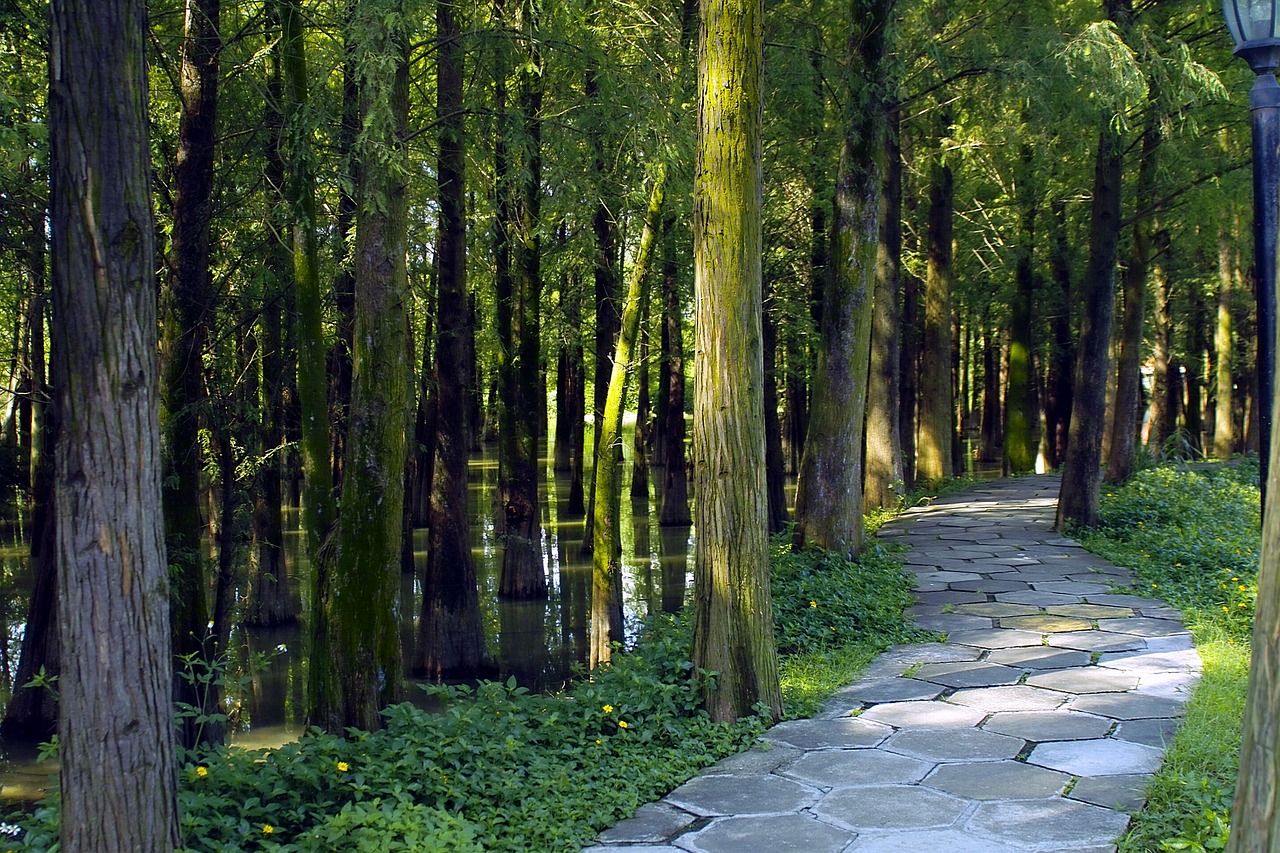
Choosing the Best Shade-Loving Plants for Your Zone
Your USDA hardiness zone and type of shade will determine the best plant choices. In all cases, prioritize native shade plants for better resilience, pollinator support, and lower maintenance.
Native Shade Perennials by Region:
- Northeast & Midwest: Foamflower, wild ginger, Solomon’s seal, trillium.
- Southeast: Virginia bluebells, woodland phlox, ferns, spiderwort.
- West Coast: Western bleeding heart, native columbine, sword fern, redwood sorrel.
- Mountain States: Penstemon, native violets, heuchera, harebell.
Popular Shade Perennials Across the USA:
- Hostas: With hundreds of varieties, hostas are a shade garden favorite due to their bold, textural leaves.
- Astilbe: Produces airy, plume-like flowers in bright colors that brighten shaded corners.
- Ferns: Add softness and natural woodland flair—try lady fern, ostrich fern, or cinnamon fern.
- Heuchera (Coral Bells): Known for colorful foliage that varies from lime green to deep burgundy.
Shade-Tolerant Flowering Annuals for Color
- Impatiens: These bloom profusely in low light with minimal care.
- Begonias: Both fibrous and tuberous types are perfect for pots or flowerbeds.
- Coleus: Grown for striking foliage in rich colors and variegated patterns.
- Torenia (Wishbone Flower): A great hanging basket option with small, bright flowers.
These plants are perfect for creating contrast and vibrancy in shady areas that might otherwise look dull.
Can You Grow Food in Shade? Yes, You Can!
Contrary to popular belief, many edible plants thrive in partial shade. While fruiting crops like tomatoes and peppers need full sun, leafy greens and herbs are perfectly suited to low-light conditions.
Best Edible Plants for Partial Shade:
- Lettuce: Grows fast in cooler, shady areas and resists bolting.
- Spinach & Kale: Thrive in filtered sunlight and tolerate cooler temps.
- Swiss Chard: Colorful, delicious, and tolerant of partial sun.
- Radishes & Beets: Root crops like cooler conditions and less intense sun.
Shade-Loving Herbs:
- Mint: Spreads rapidly and grows well in shady containers.
- Chives: Hardy and productive in partial shade.
- Parsley: Grows slowly but steadily in low light.
- Lemon Balm: A fragrant herb that attracts pollinators.
Planting a shade herb garden can be incredibly rewarding—and delicious.
Organic Soil Building for Shade Gardening Spaces
Healthy soil is the foundation of all successful gardening—especially in the shade, where soil tends to be more compacted, acidic, or nutrient-deprived.
Strategies for Improving Shade Gardening Soil:
- Add Organic Compost: Increases fertility and microbial life.
- Use Leaf Mold: Mimics forest floor conditions and improves structure.
- Apply Mulch: Shredded bark, straw, or pine needles retain moisture and suppress weeds.
- Incorporate Mycorrhizal Fungi: These beneficial fungi improve nutrient absorption, particularly useful for native woodland plants.
Avoid tilling, which can damage beneficial microorganisms. Focus instead on no-dig organic gardening principles—building soil life over time.
How to Design a Beautiful Shade Gardening
Shade gardens offer subtle beauty and a tranquil atmosphere. With thoughtful design, you can turn any dim corner into a stunning sanctuary.
Garden Design Principles for Shade:
- Layering: Combine tall background plants (like shrubs or small trees), medium perennials, and low groundcovers to build dimension.
- Color Echoing: Repeat certain colors or textures to create harmony throughout the space.
- Vertical Interest: Use trellises, fences, or shade-tolerant climbing plants like ivy or clematis.
Incorporate natural materials like wood, stone, or bark to echo the calming aesthetic of a woodland floor.
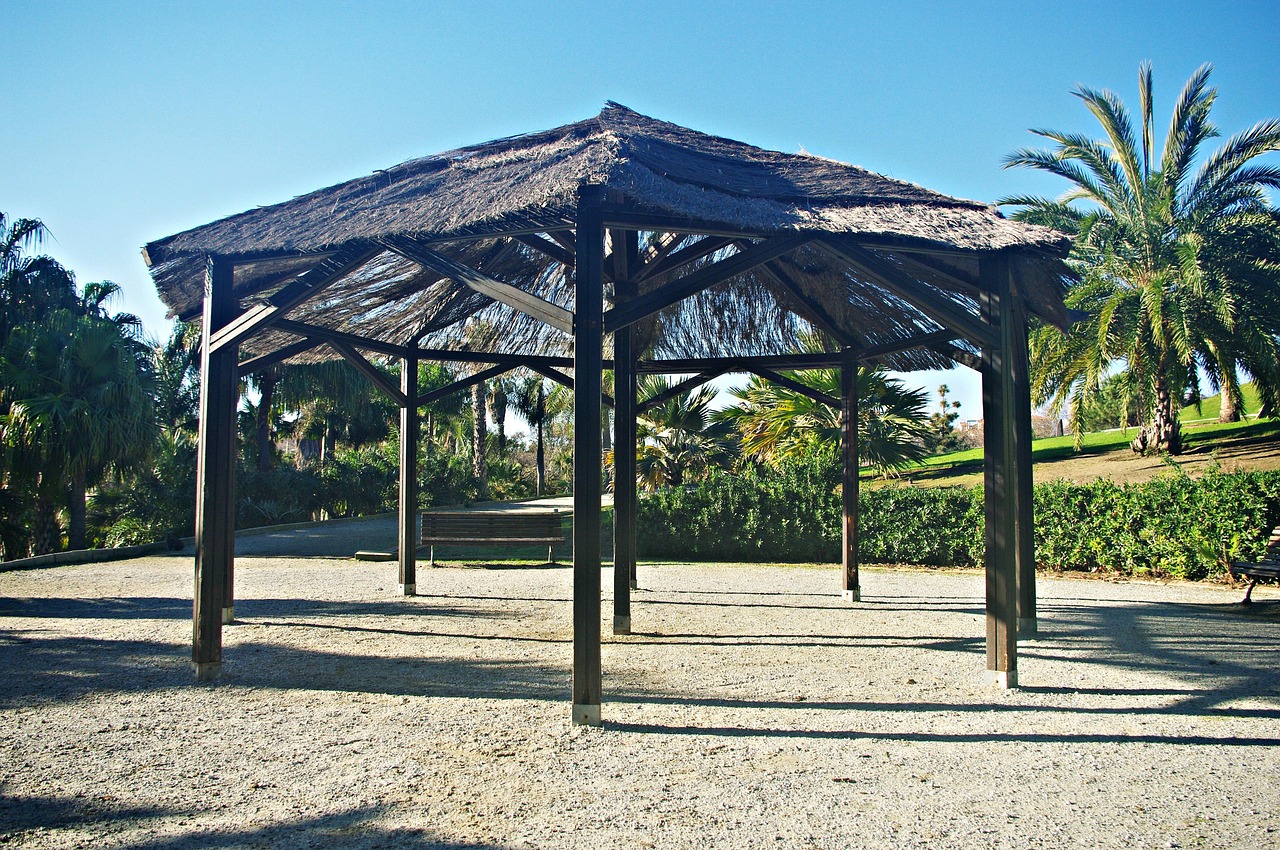
Container Gardening in the Shade
No yard? No problem. You can still enjoy shade gardening on balconies, patios, and porches using containers.
Tips for Shady Container Gardening:
- Use large pots to maintain even moisture and temperature.
- Select lightweight, breathable containers like clay or fabric pots.
- Mix foliage textures to create lush, overflowing arrangements.
- Water consistently—shade slows evaporation, but containers still dry out faster than beds.
Great container combos include coleus + fern + sweet potato vine or hosta + begonia + trailing lamium.
Tools and Techniques for Shade Gardening
Choosing the right tools and techniques for shady zones improves productivity.
Essential Tools
- Long-handled pruners for overhead branches
- Soil knife for working in compacted areas
- Shade cloth (if managing partial-shade edibles)
Organic Techniques
Collect rainwater for moisture control
Interplanting with nitrogen fixers (e.g., clover)
Rotate shade-tolerant edibles each year
Organic Pest and Disease Control in Shade Gardening Areas
Shady environments can harbor pests and fungi. Stay vigilant and use organic strategies for protection.
Common Shade Gardening Issues:
- Slugs & Snails: Combat with crushed eggshells, diatomaceous earth, copper tape, or beer traps.
- Powdery Mildew: Avoid overhead watering, prune for airflow, and apply neem oil or milk sprays.
- Root Rot: Improve drainage, especially in clay-heavy soils or container gardens.
Promote biodiversity by attracting natural predators like toads, ladybugs, and birds to your shady garden.
Regional Shade Gardening Advice for the USA
Shade Gardening in the Pacific Northwest:
Cool, moist, and forested—perfect for native ferns, trilliums, and bleeding hearts. Add moss paths and log borders for a wild look.
Shade Gardening in the South:
Warm, humid, and prone to fungal issues. Use mulch and spacing to promote airflow. Try caladiums, camellias, and hydrangeas.
Shade Gardening in the Midwest:
Ideal for woodland natives like columbine, wild ginger, and violets. Use raised beds to manage seasonal flooding or clay soils.
Shade Gardening in the Northeast:
Cold winters require hardy perennials like foamflower, hellebore, and blue cohosh. Mulch heavily before frost.
Seasonal Tasks in the Shade Gardening
Spring:
- Clean up debris and compost fallen leaves.
- Divide perennials and replant.
- Apply a layer of organic mulch.
Summer:
- Monitor for slug damage and fungal issues.
- Water deeply, especially in dry periods.
- Deadhead annuals to extend blooming.
Fall:
- Plant fall-blooming shade plants like Japanese anemone.
- Top off mulch.
- Collect seeds from native plants for replanting.
Winter:
- Prune dormant woody plants.
- Protect vulnerable plants with straw or leaf mulch.
- Plan next year’s layout and seed orders.
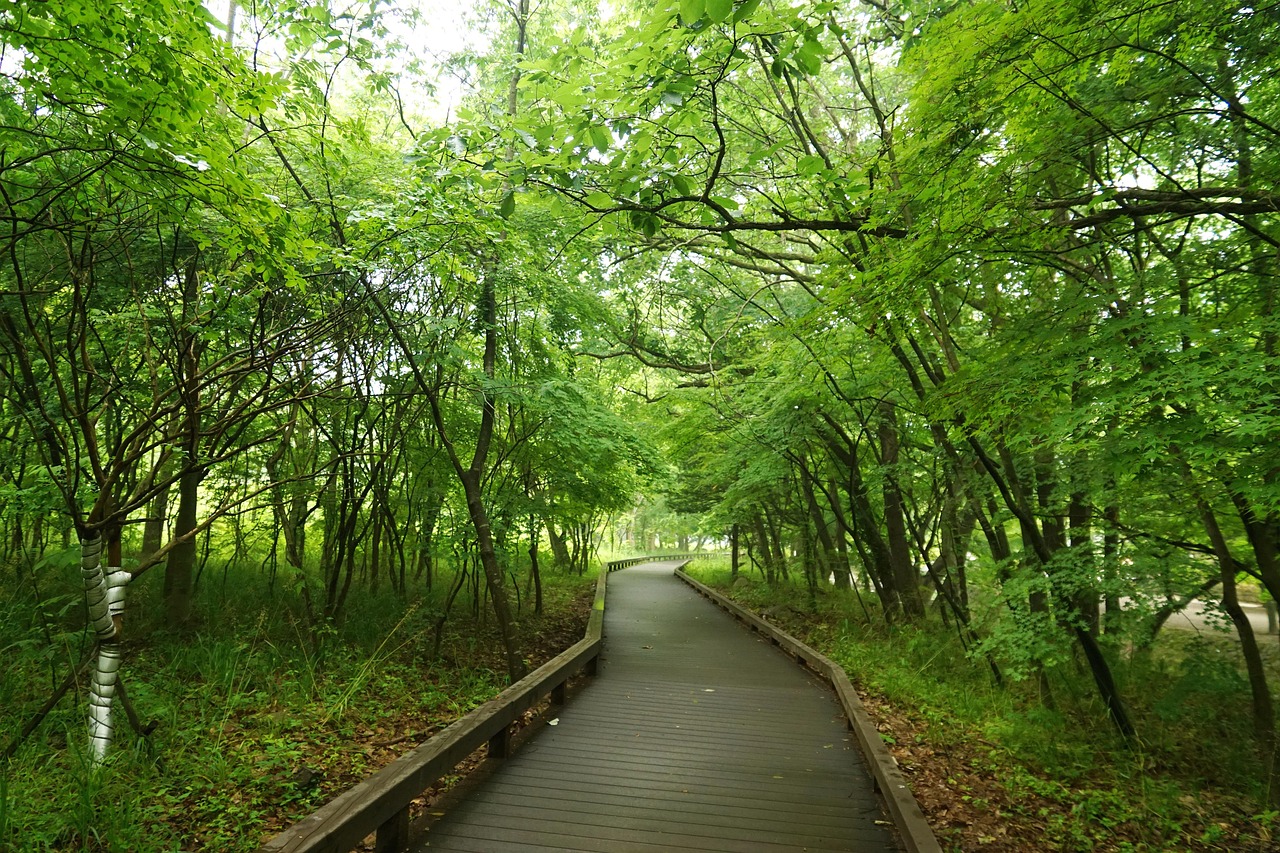
FAQs – Shade Gardening for Organic Growers
Can I start a shade garden in clay soil?
Yes, but amend it with compost, organic matter, and coarse sand for drainage.
Do I need to fertilize shade plants?
In organically managed beds, rich compost usually suffices. Avoid over-fertilizing, especially with nitrogen, which can cause weak, leggy growth.
Can I grow fruit in the shade?
Most fruit requires full sun, but some shade-tolerant berries like currants, gooseberries, and elderberries may grow in partial shade.
Final Thoughts: Shade Gardening
Don’t overlook the beauty and power of shaded spaces. Whether you’re working with a deeply wooded backyard or a small, north-facing patio, shade gardening opens the door to a peaceful, lush, and productive garden. When guided by organic principles, your shady garden becomes not only a personal refuge but also a haven for biodiversity, pollinators, and soil life.
By embracing nature’s rhythm, choosing the right plants, and working with the light you have, you can build a thriving, sustainable garden—no matter how little sun reaches the soil.



